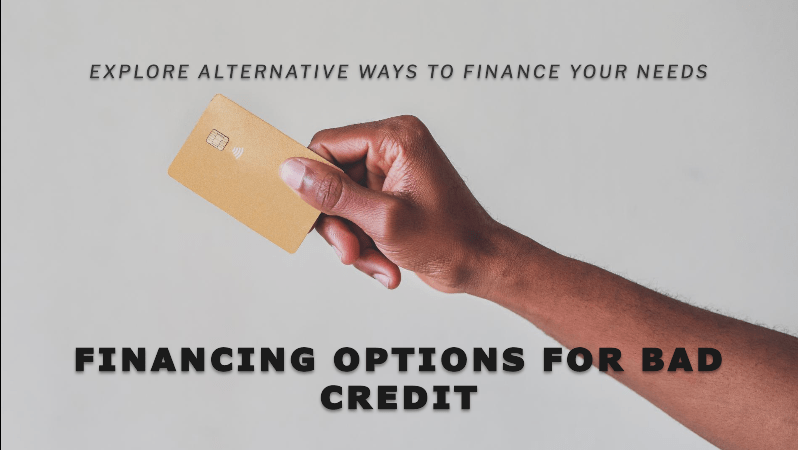Investing in a peer-to-peer lender service is considered a good investment today. Peer-to-peer lending connects borrowers to investors for loans. Investors loan out their funds earn from interest.
We already know there’s a considerable return of investment in the loan and credit industry. New companies have grown their place in this market by partnering with investors. They also introduced different terms and easier solutions to gain more borrowers.
In turn, there are now millions worth of businesses and investments in this industry. It’s time to know some of the basics of investing in P2P lending.
Why P2P lending makes good revenue

Peer-to-peer lending services have grown over the years. First is from its online presence as an alternative loan. Second are factors such as Covid19, its restrictions, and the financial state of many Australians. These causes have made it an important service.
The performance of P2P Lending remains consistent. Its market capitalisation is now around $870+ million.
Revenue is made from interest in loans, with varying rates and certain terms to consider.
Most common personal loans start with an average of 2 to 6% interest per year. Bigger interest rates are available from loans with more difficult conditions.
Interest rates increase hereon depending on factors; These are credit ranking, risk level, loan amount, the type of loan, time to complete the loan, and other conditions.
How does peer-to-peer lending investing work?
A lot of the factors in P2P lender investing are controllable. These can max out the ROI or Return of Investment. Knowing how to manage these will help you make more profitable choices. Consider these features:
- It can be used for individual loans
- Can be invested as a partial share on loans to multiple borrowers
(multiple interest loans) - Choose to work with business or personal loans (different rates and terms)
- Low, medium, to high-risk customers (higher interest rates)
- P2P platforms with higher rates
- Companies with financially stable customers
P2P Investment is mostly considered as passive income. Once you have registered with the P2P host of your choice, you can start investing your capital amount. From here you can choose how your loans and interests will start. There is just some minimal management required in making decisions.
Some pointers on starting your investments
- Peer-to-peer lending is a good passive income. It’s one of the untapped markets for investors in the Australian finance industry.
- Many of the mentioned options can also be set and chosen. So a lot of its operations can be managed to yield bigger interest returns and avoid losses, or at least keep it minimum.
- Highly recommended is a good background in loans and credit to understand where to invest.
- Knowledge of the loan and credit industry helps in making decisions better and to take calculated risks.
- Starting and newbie investors are encouraged to choose stable and reliable options to lessen risks.
Your type of investment depends on these options. For example, If you want the least maintenance choose a P2P host with basic managing tools and go for safe investments. Some P2P hosts don’t have these tools but may have a bigger market share.
If you have larger capital and know-how to hurdle risk investments, you can choose high-risk investments as well. While not sound financially, difficult level loans have the biggest returns. You would need to make informed decisions on these if you want to increase your return.
Choosing your P2P Lending Host or Service
We have many choices today on which provider hosts to work with. The rates we will get as well as their terms are important. Check first for these important basic features they offer. These will give you an overview of who to choose:
- Has an AFS (Australian Financial Services) licence
- Credit checks and security measures on customers
- Type of customers or Asset Class (financial capability)
- Loan amount (up to $50,000 maximum limit)
- Account management online
- Fraud and non-payment protection terms
- Number of users and reach
- Annual and monthly rates
- Terms and conditions of the company
Depending on the company, you will get different types of borrowers: those with a lower credit score and with bigger interest, and those with good credit and have low-interest and are more reliable. Their rates will also be different for each P2P host provider.
How to start with your investment
- Get your facts straight from trusted online guides to arrive at a decision.
- Choose the main P2P host based on the terms best for you.
- Sign up online and establish an account.
- Put up your capital amount. Start as low as the minimum $5000 initial fund, up to $100,000 for bigger companies.
- Choose options on loan applications and borrowers
- Manage your account online and review incoming investment options.
Some of the leading P2P lending services to consider are Plenti, SocietyOne, OurMoneyMarket, Wisr, Harmoney, Marketlend, Bigstone, ThinCats, On Deck, and MoneyPlace.
The bigger the risks, the greater the rewards
Riskier choices are outside the comfort zone of investing with bigger interests. They are for more advanced users. Investors can choose their investments with different levels of ROI. These loans are also usually not guaranteed nor insured while in the running:
- Borrowers with a lower credit score and high risk-ranked applications
- Borrowers on bad credit loans and higher-risk applications (some P2P hosts)
- Big loans with longer payment plans
- Secured loans (with collateral) or unsecured loans (without collateral)
Many investors who have bigger capital may be able to take bigger-risk investments. We can say the same for experienced investors. Others who have inside knowledge of the P2P provider and their clients can “gamble” on these options as well.
These are all the other options that offer higher interest rates:
- Longer instalment plans (annual)
- Medium and high-risk borrowers
- Business loans
- Bigger loans from $10,000 to $50,000 maximum
- Those with credit issues/ bad credit
These are matched by borrowers and loans with a bigger return. Some possible scenarios include non-payment, bankruptcy, abandonment of the loan, or irregular payments. These are kept minimal by a P2P host’s certain terms and conditions.



